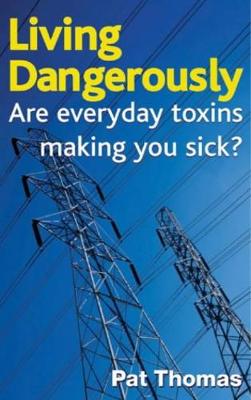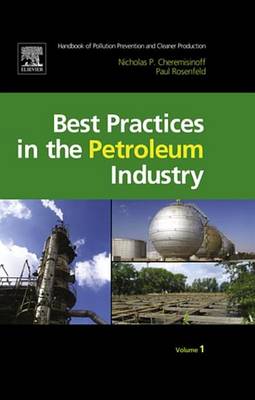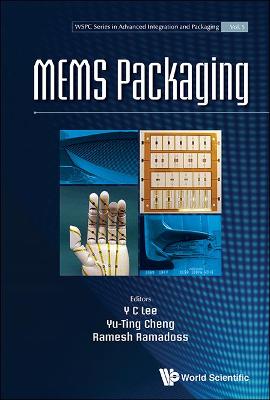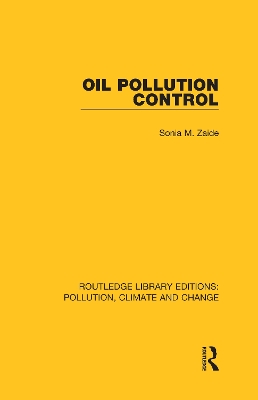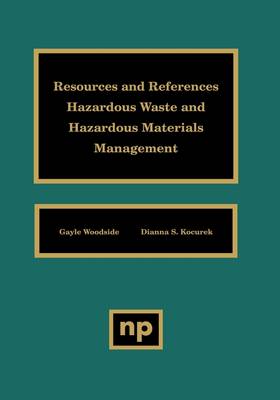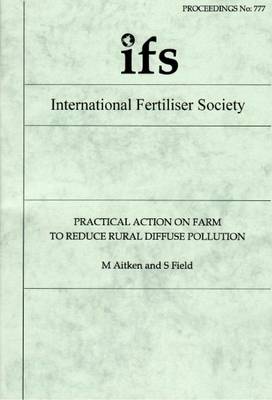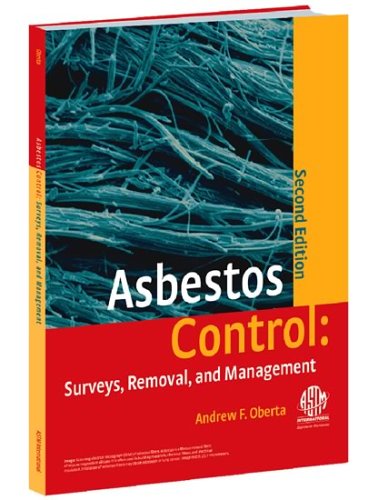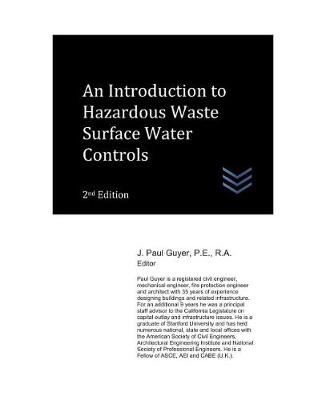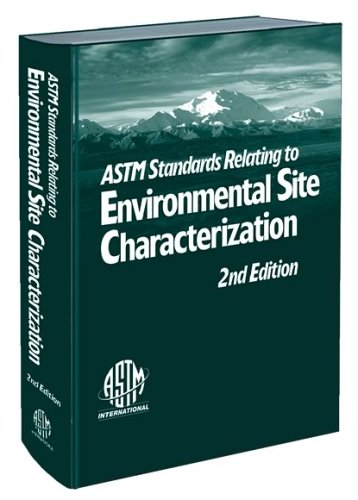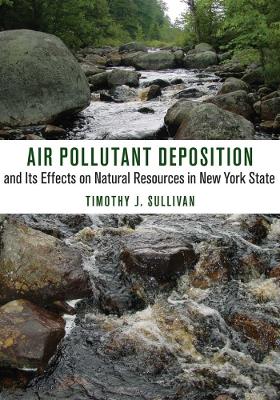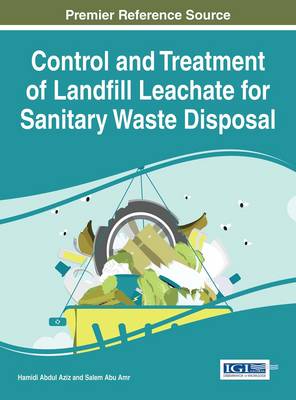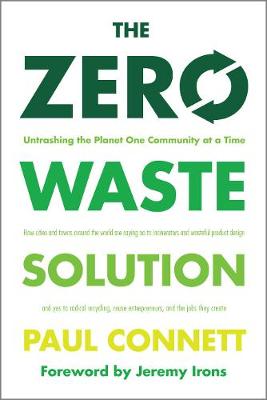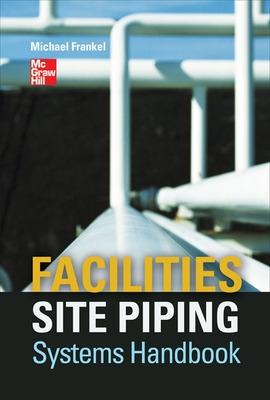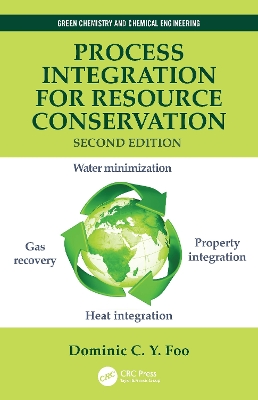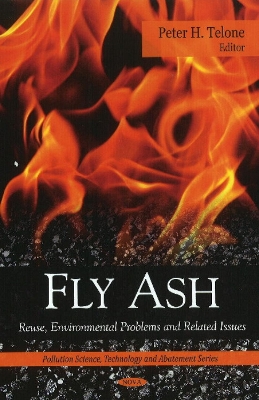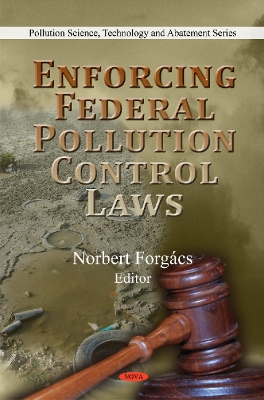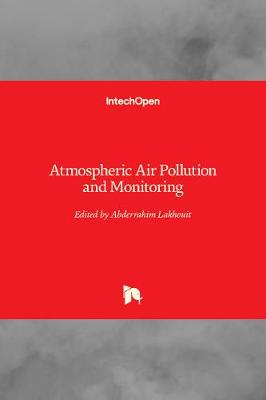`There's something going around'. `It must be stress.' These are the things we tell ourselves when we feel ill but can't figure out why. In today's world, lifestyle and environment are the two biggest threats to human health. They are also the most dangerous because, unlike the germs that give you a cold or `flu, they take years to build up in the body before producing symptoms. 'Living Dangerously' is a different kind of health book. Aimed at anyone concerned about the vague feelings of unwel...
This new Handbook provides a series of reference guides to cleaner production methods, technologies, and practices for key industry sectors. Each volume covers, for each industry sector: * the manufacturing technologies * waste management * pollution * methods for estimating and reporting emissions * treatment and control technologies * worker and community health risk exposures * cost data for pollution management * cleaner production and prevention alternatives Best Practices in The Petrol...
Mems Packaging (Wspc Series In Advanced Integration And Packaging, #5)
MEMS sensors and actuators are enabling components for smartphones, AR/VR, and wearable electronics. MEMS packaging is recognized as one of the most critical activities to design and manufacture reliable MEMS. A unique challenge to MEMS packaging is how to protect moving MEMS devices during manufacturing and operation. With the introduction of wafer level capping and encapsulation processes, this barrier is removed successfully. In addition, MEMS devices should be integrated with their electron...
A Protocol for the Assessment of Indoor Air Quality in Homes and Office Buildings
by Derrick Crump
BRE specialists reviewed the parameters that determine indoor air quality (IAQ) and drafted a protocol for undertaking an IAQ assessment. This report provides the final protocol, revised following comments from experts and a field trial, and is intended as guidance for specialists undertaking an IAQ assessment and building owners/managers concerned about IAQ. The key parameters are temperature, humidity, non-biological particles and fibres, biological particles, radon, other inorganic gases, org...
Oil pollution has been a major environmental concern since the 1920s. The search for a solution has ranged from prevention to partial measures coupled with compensation and remedial action. This book, originally published in 1987, offers a different assessment of the efforts of governments and the oil and maritime industries. It was also the first book to provide a comprehensive story of control policies and practices, using primary and secondary sources. The book identified numerous factor – pe...
This guide book provides references and resources for the complex field of hazardous waste and hazardous materials management. The book is divided into general topics such as air quality, industrial wastewater, pollution prevention, and risk assessment under hazardous waste management and chemical hazards, emergency planning, and hazard communication under hazardous materials management. Each individual section includes a list of annotated bibliographies of the most recent books by major publish...
Practical Action on Farm to Reduce Rural Diffuse Pollution (Proceedings of the International Fertiliser Society, #777)
by Mark Aitken
Methane: Its Occurrence and Hazards in Construction
by P. J. Hooker and M. P. Bannon
Methane and other gases that often occur with it can be a significant hazard throughout the construction process. It is vital that construction professionals take these gases into account and assess the risks they pose both during and following construction. This book arms the reader with information to recognize potential methane problems and initiate the process of finding solutions for them. After a summary of the physical and chemical properties of these gases, the book describes their hazar...
An Introduction to Hazardous Waste Surface Water Controls
by J Paul Guyer
Environmental Pollution and Control
by P. Aarne Vesilind, J.Jeffrey Peirce, and Ruth F Weiner
Complex environmental problems are often reduced to an inappropriate level of simplicity. While this book does not seek to present a comprehensive scientific and technical coverage of all aspects of the subject matter, it makes the issues, ideas, and language of environmental engineering accessible and understandable to the nontechnical reader. Improvements introduced in the fourth edition include a complete rewrite of the chapters dealing with risk assessment and ethics, the introduction of new...
Air Pollutant Deposition and Its Effects on Natural Resources in New York State
by Timothy J. Sullivan
Ecosystem effects from air pollution in the Adirondacks, Catskills, and elsewhere in New York have been substantial. Efforts to characterize and quantify these impacts, and to examine more recent recovery, have focused largely on surface waters, soils, and forests. Lakes, streams, and soils have acidified. Estuaries have become more eutrophic. Nutrient cycles have been disrupted. Mercury has bioaccumulated to toxic levels. Plant species composition has changed. Some surface waters show signs of...
Municipal solid waste (MSW) disposal is an ever-increasing problem in many parts of the world, especially in developing countries. To date, landfilling is still the preferred option for the disposal and management of MSW due to its low-cost operation. While this solution is advantageous from a cost perspective, it introduces a high level of potential pollutants which can be detrimental to the local environment. Control and Treatment of Landfill Leachate for Sanitary Waste Disposal presents rese...
Waste is something we all make every day but often pay little attention to. That's changing, and model programs around the globe show the many different ways a community can strive for, and achieve, zero-waste status. Scientist-turned-activist Paul Connett, a leading international figure in decades-long battles to fight pollution, has championed efforts to curtail overconsumption and keep industrial toxins out of our air and drinking water and bodies. But he's best known around the world for l...
Publisher's Note: Products purchased from Third Party sellers are not guaranteed by the publisher for quality, authenticity, or access to any online entitlements included with the product. Complete and current coverage of site piping systems for facilities Featuring the latest codes and standards, this detailed resource discusses the design of facility piping systems that are installed on the site beyond the building wall. This is a comprehensive guide to the identification, measurement, tra...
Process Integration for Resource Conservation (Green Chemistry and Chemical Engineering)
by Dominic C. Y. Foo
To achieve environmental sustainability in industrial plants, resource conservation activities such as material recovery have begun incorporating process integration techniques for reusing and recycling water, utility gases, solvents, and solid waste. Process Integration for Resource Conservation presents state-of-the-art, cost-effective techniques
Fly Ash
Fly ash is one of the residues generated in the combustion of coal. Fly ash is generally captured from the chimneys of coal-fired power plants, and is one of two types of ash that jointly are known as coal ash; the other, bottom ash, is removed from the bottom of coal furnaces. Depending upon the source and makeup of the coal being burned, the components of fly ash vary considerably, but all fly ash includes substantial amounts of silicon dioxide (SiO2) (both amorphous and crystalline) and calci...
As part of its mission to protect human health and the environment, the Environmental Protection Agency's (EPA) enforcement office maintains civil and criminal enforcement programs to help enforce the requirements of major federal environmental laws such as the Clean Air Act and Clean Water Act. EPA's civil and criminal enforcement programs work with the Department of Justice (DOJ), and in some cases States, to take legal actions to bring polluters into compliance with federal laws. While civil...
Atmospheric Air Pollution and Monitoring
Mitigation of Pollution from Abandoned Metal Mines
